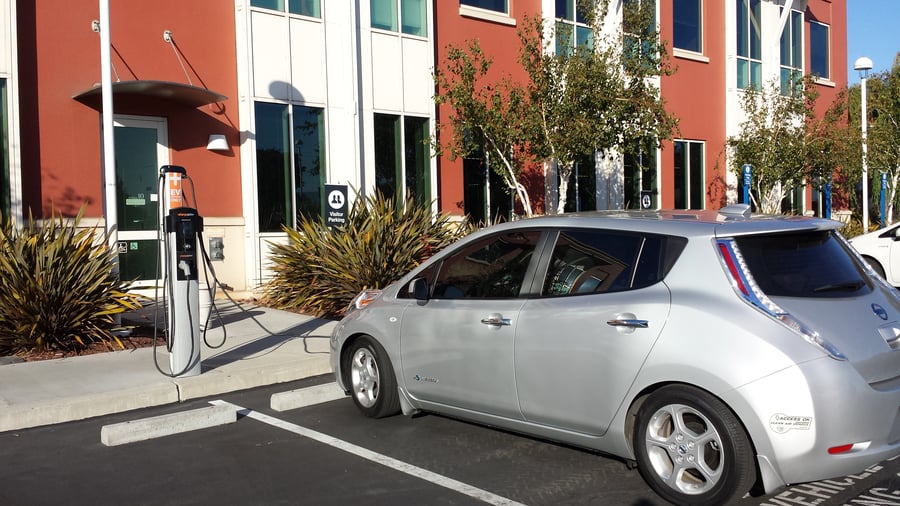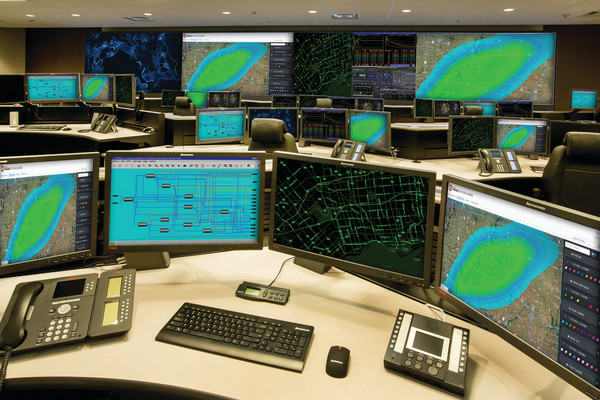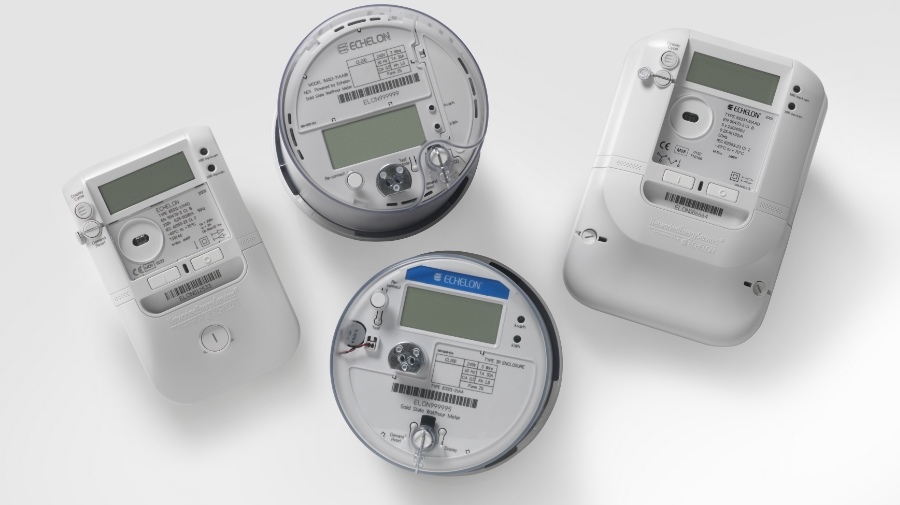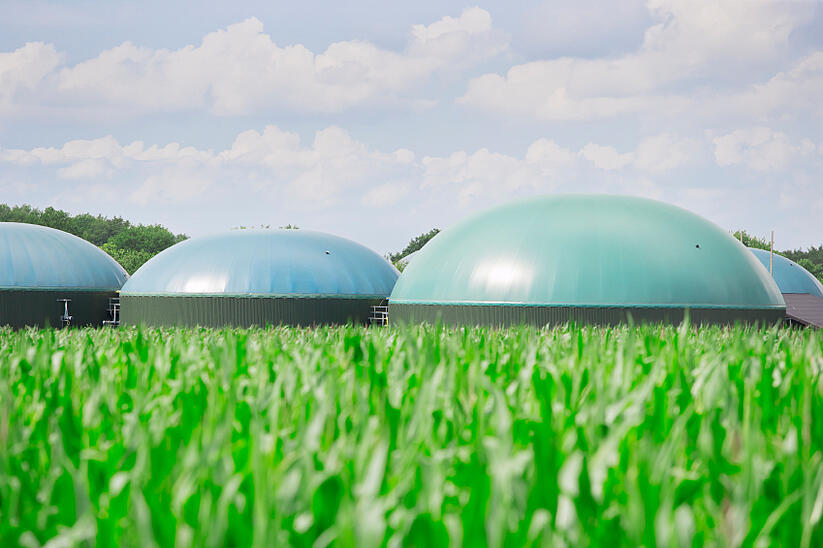The U.S. Environmental Protection Agency’s (EPA’s) plan to regulate carbon emissions is just the latest challenge facing the U.S. electric power system. Technological innovation is disrupting old ways of doing business and accelerating grid modernization. Earlier this year, AEE released Advanced Energy Technologies for Greenhouse Gas Reduction, a report detailing the use, application, and benefits of 40 specific advanced energy technologies and services. This post is one in a series drawn from the technology profiles within that report.
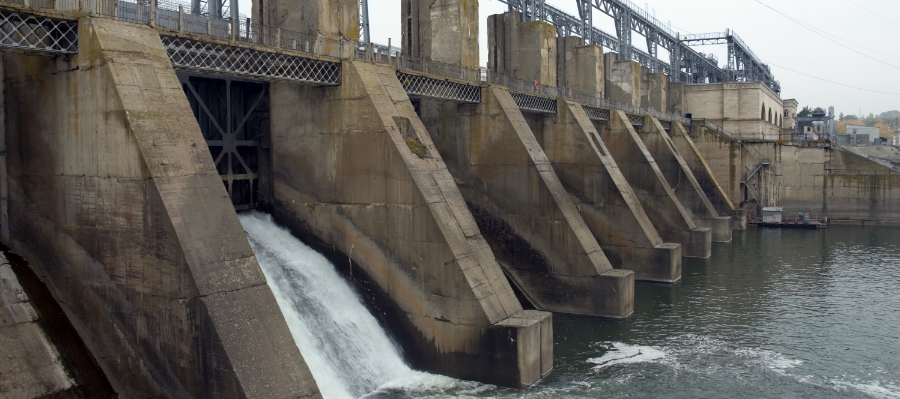
Several technologies can be used to store energy on the electricity transmission and distribution grid, including pumped storage hydro (PSH), compressed air energy storage (CAES), electrochemical batteries, flywheel systems and thermal energy storage systems. Electricity is then generated during peak hours by releasing the water through a hydro turbine. CAES stores energy by using an electric motor to drive an air compressor that fills a storage facility (typically an underground cavern) with compressed air.
